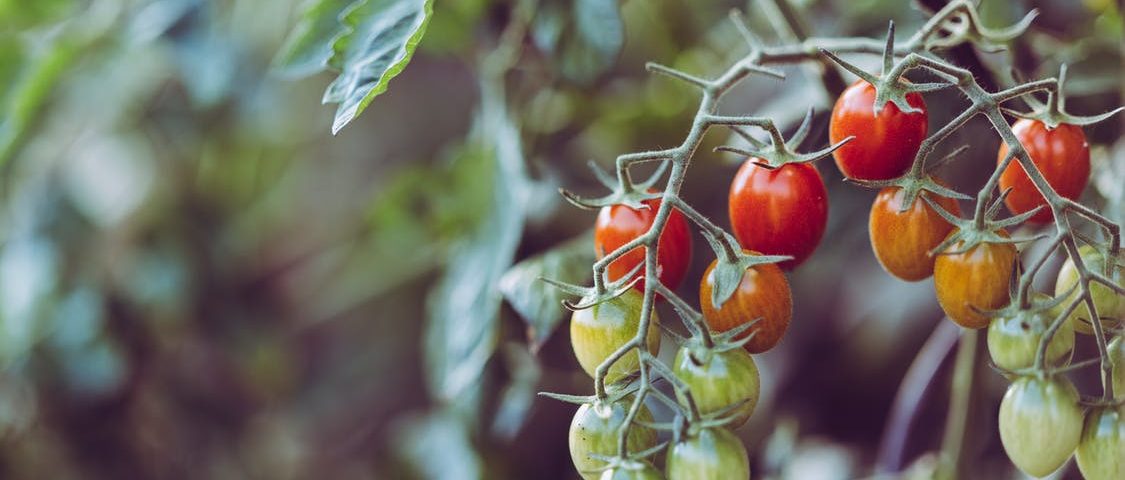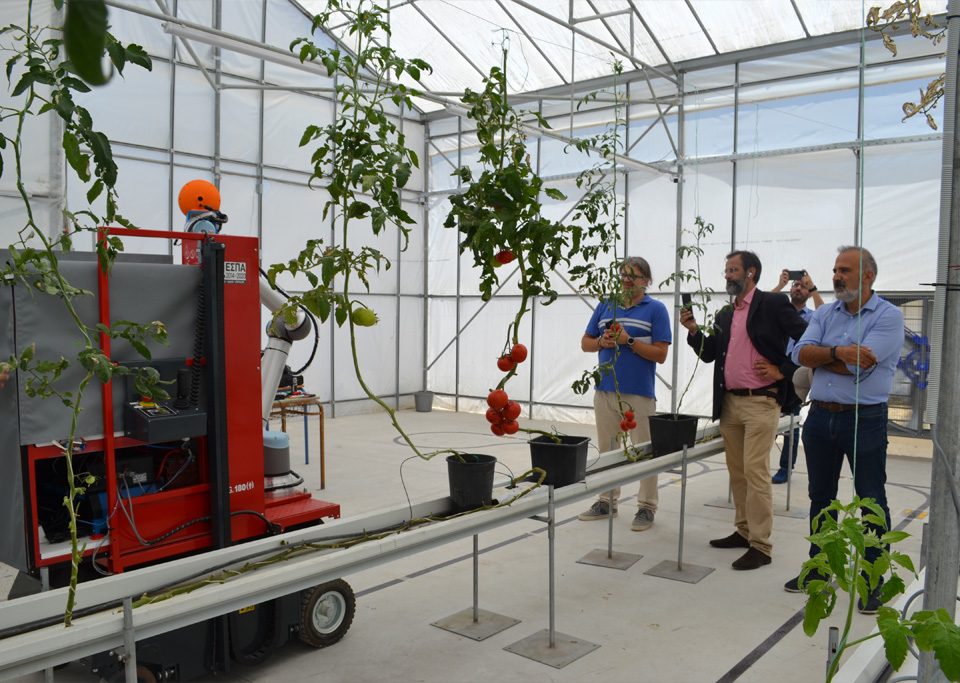
What is Soilless Culture?
December 21, 2018
Artificial Intelligence in Agriculture
December 21, 2018Agriculture is quickly becoming an exciting high-tech industry, drawing new professionals, new companies and new investors. The technology is developing rapidly, not only advancing the production capabilities of farmers but also advancing robotics and automation technology as we know it.
At the heart of this phenomenon is the need for significantly increased production yields. The UN estimates the world population will rise from 7.3 billion today to 9.7 billion in 2050. The world will need a lot more food, and farmers will face serious pressure to keep up with demand.
Agricultural robots are increasing production yields for farmers in various ways. From drones to autonomous tractors to robotic arms, the technology is being deployed in creative and innovative applications.
Agricultural Robot Applications
Agricultural robots automate slow, repetitive and dull tasks for farmers, allowing them to focus more on improving overall production yields. Some of the most common robots in agriculture are used for:
-Harvesting and picking
-Weed control
-Autonomous mowing, pruning, seeding, spraying and thinning
-Phenotyping
-Sorting and packing
-Utility platforms
Harvesting and picking is one of the most popular robotic applications in agriculture due to the accuracy and speed that robots can achieve to improve the size of yields and reduce waste from crops being left in the field.
The demand for food is outpacing available farmland and it’s up to farmers to close this gap. Agricultural robots are helping them do just that.





